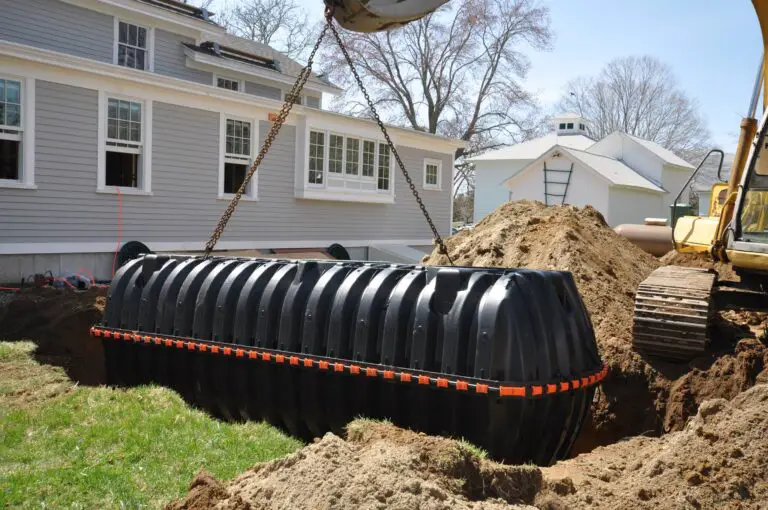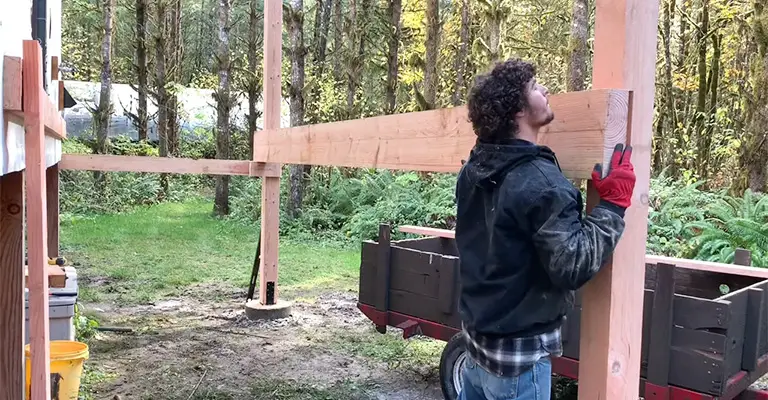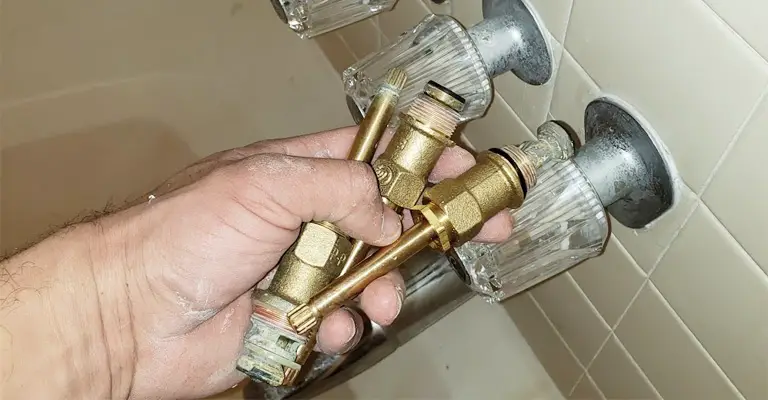Do You Need an Anchor When Drilling Into a Stud?
As a rule of thumb, anchors are not required for all wall-based fastening applications. If, for example, there’s a stud behind your wall, then you probably won’t need them. Studs provide support for both screws and the objects with which they are used.
If there is a stud directly behind the wall you are attaching the drywall to, you don’t need an anchor. Studs offer support for screws as well as the objects with which they are attached.
Drywall anchors are not necessary when fastening to a wall based on studs. If you are unsure if a stud exists behind the wall, you can use a stud finder to find out. If there is no stud behind the wall, you may use a drywall anchor to provide additional support.
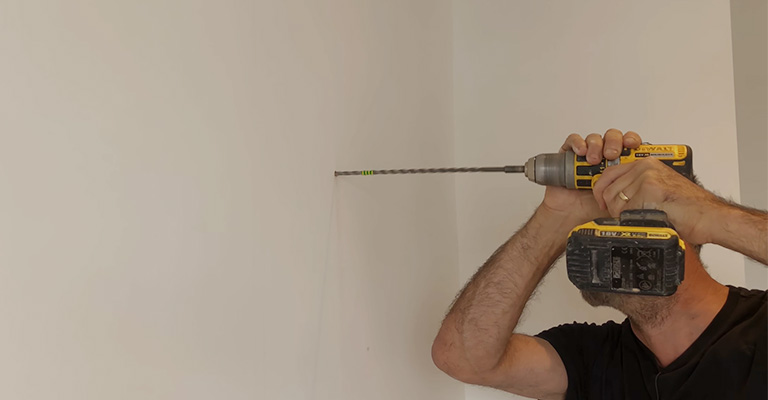
What Are Drywall Anchors?
Anchors are nothing more than screws that go into holes in drywall to support something heavy. Because drywall is thin and fragile, anchors are always needed to hang anything on drywall.
To hold the object up, the wall needs additional support. Another option is to drill holes through the studs and use those, but this will require more effort than just drilling into the drywall. You cannot even see drywall anchors unless you look for them – they are so small and inconspicuous.
What are the differences between studs and drywall anchors?
Studs are a type of anchor used in drywall construction. They are made of metal or plastic and are inserted into the wall with a screw.
They provide greater holding power than drywall anchors and are less likely to pull out. Studs are often used in areas of high stress, such as around windows and doors. They can also be used in place of drywall anchors in areas where a wider hole is needed.
Weight Capacity
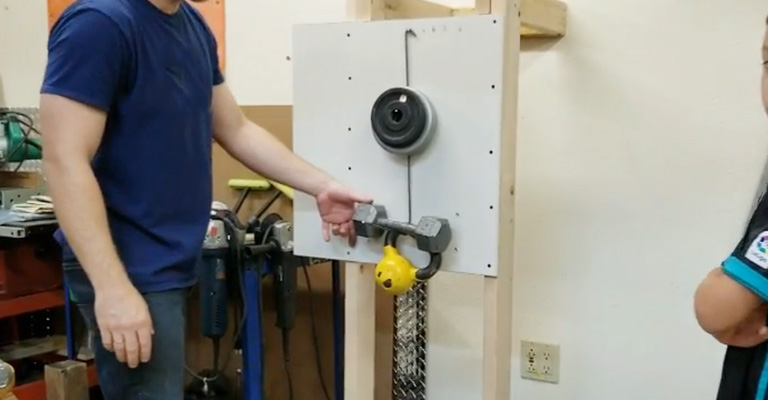
In general, studs are more durable and long lasting than drywall anchors, since they can generally be used to support a substantial amount of weight. If you need to hang anything over 50 pounds on a wall, use two anchors to increase the support. It’s always wise to be safe when hanging anything on walls.
The anchors used for hanging objects that require maximum support are better than those designed for drywall. Since the anchors can handle much heavier objects, you don’t have to worry that they won’t be strong enough. You can use studs to hold up to 100 pounds depending on their type. For drywall anchors, the maximum weight for hanging items should be between 15 and 20 pounds.
Professional Look
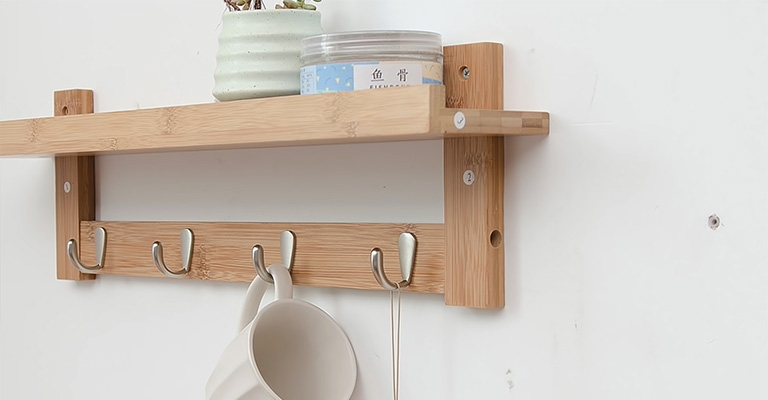
Using studs instead of drywall anchors will give your wall a more professional appearance. The anchors cannot be seen, so your wall will look cleaner.
A stud will provide much better results on some or most of your project if you use studs instead of anchors. Anchors are simple and can be used by anyone. They’re also very easy to install, so they’re a smart choice for beginners.
Depending on the situation, experts can either use drywall anchors or studs. It’s recommended that DIYers use drywall anchors over studs because they are simpler.
Ease of Installation
The installation of dry wall anchors is much simpler than the installation of studs. In contrast, when you use studs, you must locate them (which is difficult) and drive screws into them with an electric screwdriver or another type of power tool.
In the beginning, use drywall anchors for all of your DIY projects. They save you time and energy because all you have to do is drill into them. In the end, using studs instead of drywall anchors gives your project a more professional look.
Drilling the Wall
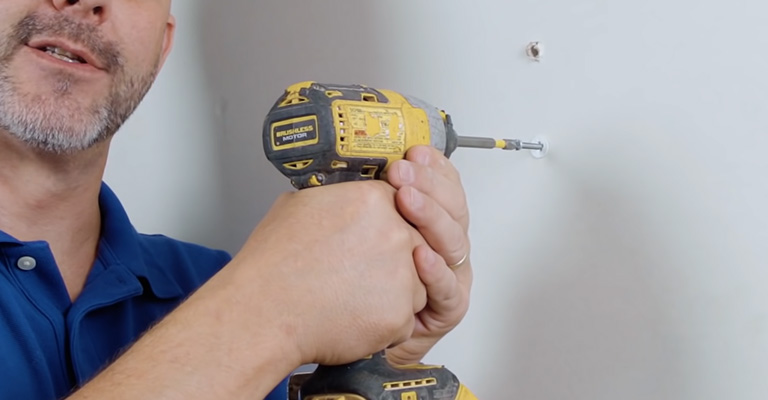
With drywall anchors, you do not have to drill the wall to secure your object. Simply drill the anchors into the wall, and the object will be secured.
Drywall is fragile, so drilling into it can cause more harm than help. Drywall isn’t meant to hold up heavy things, so drilling into it can actually cause more harm than good.
When you use drywall anchors for your project, you won’t need to drill into the walls. Drilling into anchors and hanging up your objects will save you time and energy. The studs can be used in order to drill into the walls in order to add support to the project.
Price

The advantages of drywall anchors over studs are their small size and lightweight, as well as the fact that they’re easy to install.
In many cases, studs are prohibitively expensive because they require a lot of tools to install. While drywall anchors and studs can both be used interchangeably, studs are more difficult to install. This is because you do not have a stud finder, an electric screwdriver, or a drill.
If you want more professional results, use studs rather than anchors in part of your project. For the most affordable option, use drywall anchors for your project. These are the most affordable option, and they work well for beginners who are not looking to spend too much on these types of projects.
Availability and Quality
There are different types of drywall anchors, which is why you should choose the right one for your project. Plastic ones aren’t that effective because they can break easily when hanging heavier objects.
Use studs in your DIY project if you’re looking to get a professional result. These are of better quality than most drywall anchors, and they’re also quite easy to install. If you want an easier option, use drywall anchors instead of studs on your entire project. This will save you a lot of time and effort compared to relying on studs for your whole project.
What Are the Disadvantages of Using Drywall Anchors?
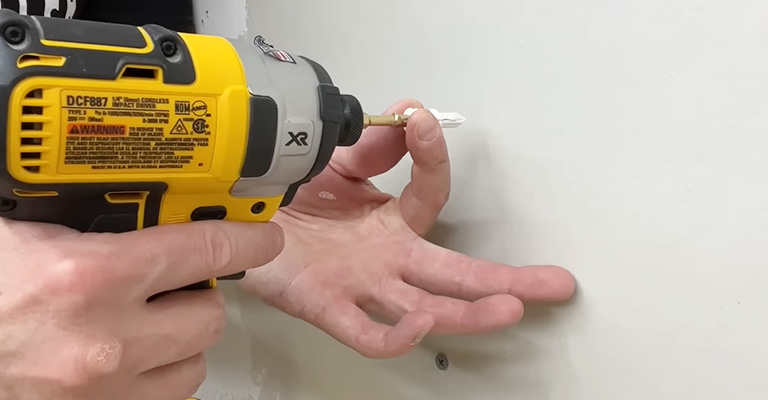
It is disadvantageous that you have to drill into your wall to install drywall anchors. The most durable ones are slotted ones, which will prevent some damage to your walls. You should keep the anchors above the spot on the wall where objects are attached so that even small punctures are still visible.
The proper time to use a dry wall anchor – how to use a wall anchor
Here are some instances when drywall anchors should be used.
Lightweight Items
Most people have hung a picture frame on their wall with just one or two small nails, and it’s all turned out smoothly. That’s because it is fine, and almost everyone has done so. With a few nails, you can usually hang almost anything that weighs less than five pounds (picture frames, canvasses, candle holders, etc.) without a problem.
Televisions
In spite of the fact that you do not require wall anchors to mount a TV, you will need a stud finder to locate studs in the wall. You can then mount your TV directly into them after finding studs with the stud finder. In order to do this, you will need to buy (or borrow!) a stud finder, but it is encouraging news to know that you don’t have to pre-drill and hammer in a bunch of wall anchors!
Heavy frames
A frame that weighs approximately five to ten pounds or more will need some extra weight to prevent them from falling off the wall. It’s definitely worth it in order to protect a large piece of art from any damage.
Mirrors
It is not pleasant to have a wall-mounted mirror come crashing down and shatter in the process (you know, seven years of bad luck and all that). When you use glass for the first time, it tends to be quite heavy, and it can be a real hassle to clean shards. Make sure you take extra precautions and use a wall anchor.
Shelves
When it comes to floating shelves or shelves with brackets, you should always, always use drywall anchors (if you aren’t screwing them into studs). If you are using screws to affix your shelf to the wall, there is little or no chance that it will stay in place. If you manage to attach your shelf to the wall, there is a very high probability that it will fall down no matter how hard you try. Even if you do manage to get it up on the wall, there is a 99 percent chance that it will fall.
Curtain Rods
My first comment is that curtain rods are a lot of work to install, and I would be the first to agree with you on this one. Each time I have done it, I am surprised at how time consuming it can be, especially with all the measuring and leveling I have to do. It is not a smart idea to skip the anchors here. This is because your curtains are going to likely be opened and closed basis. Thisasis, which will put a lot of strain on the brackets that support the rod.
Wall Hooks
It is imperative to note that if you plan to install a coat hook or some type of storage hook in your home (say for scarves, hats, ties, etc.), you will definitely need a wall anchor for reinforcement. In order to ensure that hooks will hold even the heaviest winter puffer, they must be properly mounted because they’re usually high-traffic items that get a lot of use.
Alternative Mounting Solutions
It’s not just dry-wall anchors that can be used to mount heavy objects, although they are extremely popular and relatively easy to use.
There are other products on the market, such as High & Mighty Picture Hangers, which can hold up to 40 pounds and install easily with just some pressure from your hands, or heavy-duty Command Strips, which can hold up to 16 pounds and successfully circumvent the need for a wall anchor.
It is also possible to mount heavy artwork directly into the studs if you already have the stud finder.
However, since there may not be a stud right where you want something to be mounted, this may only work in some cases. For some more ideas on hanging artwork (all without nails), head on over to the next page.
If you are interested learn more about home improvement.
How to Drill Into A Stud (All About Drilling into Studs)
Obviously, it is possible to drill a pilot hole first, but it is not recommended, as it is almost always better to use a small, short bit for this purpose.
In addition to drilling a pilot hole instead of just running a screw straight into the stud, the fact that a small pilot hole can be repaired faster and more easily if you miss the stud is another advantage of drilling a pilot hole.
If you are using metal studs, drill a hole into them first, then drill a hole large enough for the toggle bolt to fit through, and then drill a small pilot hole through the stud.
It is true that you can screw directly into a metal stud using self-tapping screws like these, however, I personally believe that drilling a pilot hole first is a better option and will make the job a lot easier in the long run.
A simple solution to this problem is to bore a pilot hole through the wall material and bore about one inch into your stud, depending on what type of stud it is. The bit you use should be smaller than the screw you plan to use and it should only be long enough to bore through the wall material and into the stud.
Conclusion
Drilling is a common task for construction workers. While it is not a complicated process, there are a few things that you need to do to make sure that the drilling process runs smoothly. One of these things is using an anchor when drilling into studs.
An anchor can be used in various ways and it can be used as an attachment point for other tools. When you are drilling into a stud, this tool will ensure that the drill doesn’t drill too deep or get stuck. It will also make sure that the drill doesn’t move around in the wall while you are working on the job.

